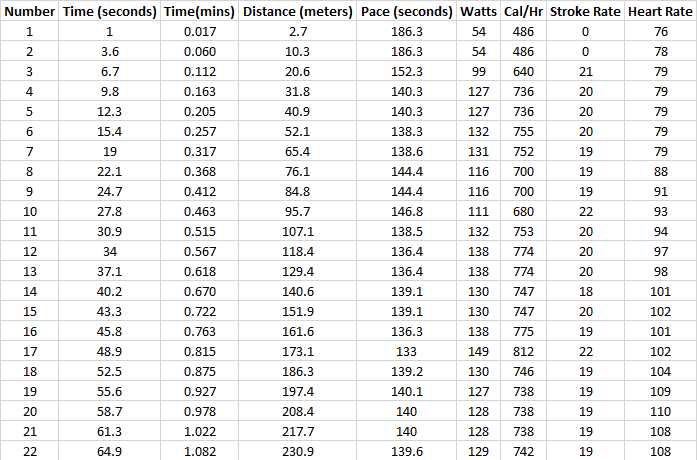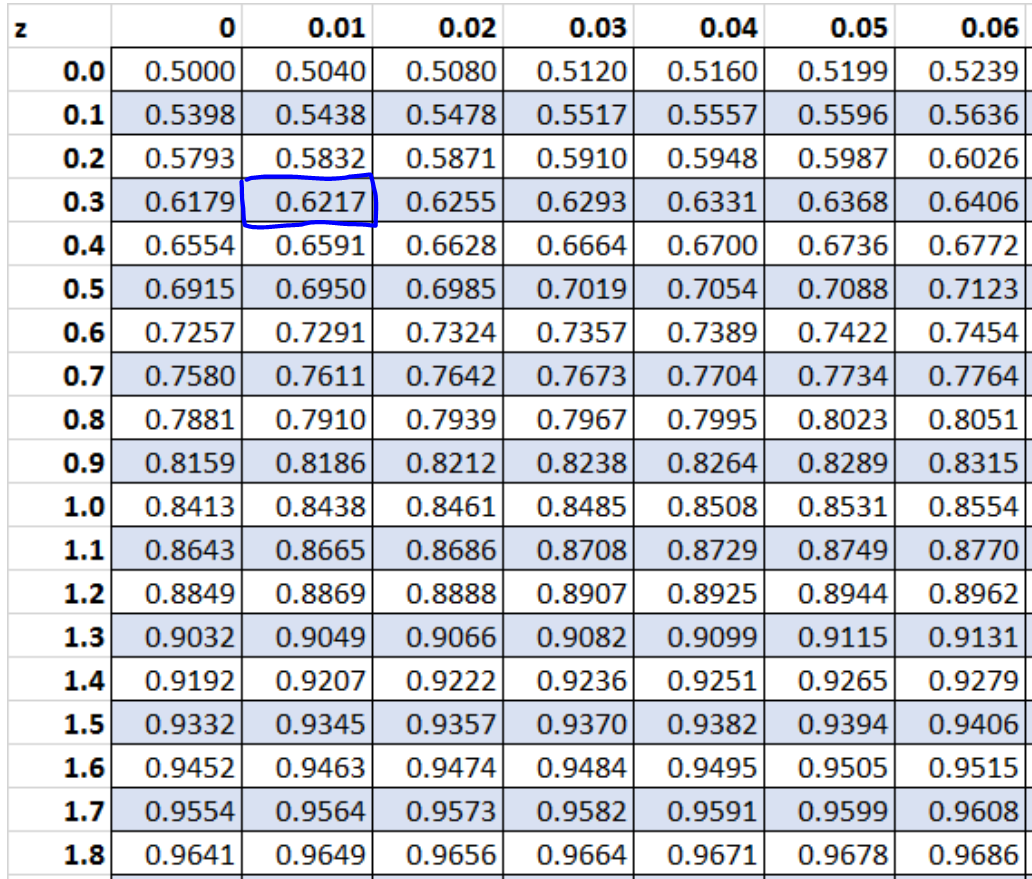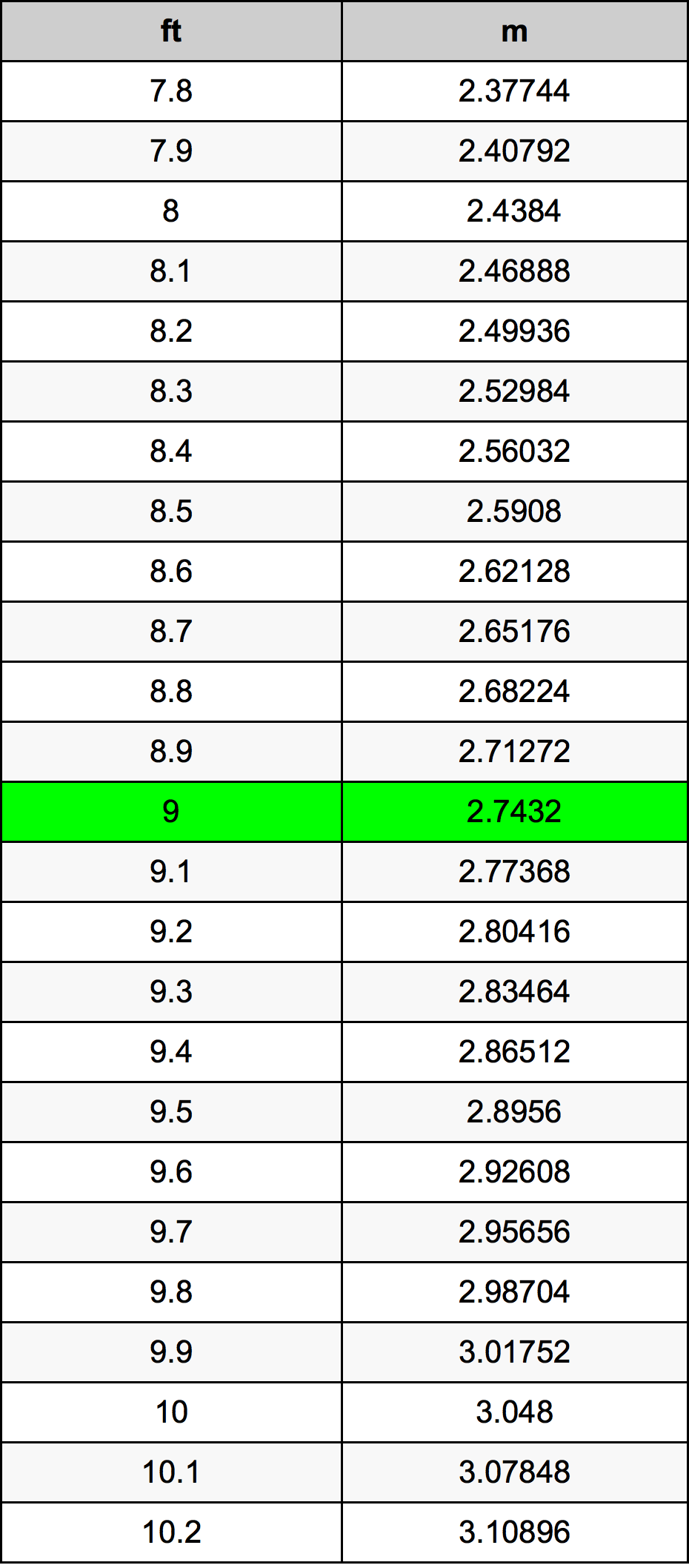Mac's Solution: Copying to NTFS Drives
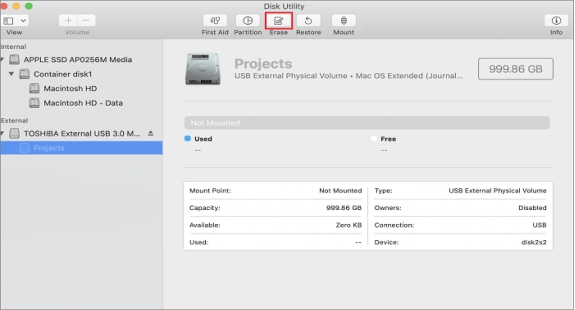
When it comes to managing data storage and transferring files between different operating systems, understanding the compatibility between Mac and NTFS drives is essential. Mac computers, renowned for their user-friendly interface and powerful capabilities, often require efficient solutions for seamless file sharing with Windows-based devices. This article delves into the intricacies of copying files to NTFS drives from a Mac, exploring the various methods, their advantages, and potential challenges.
Understanding NTFS Drives
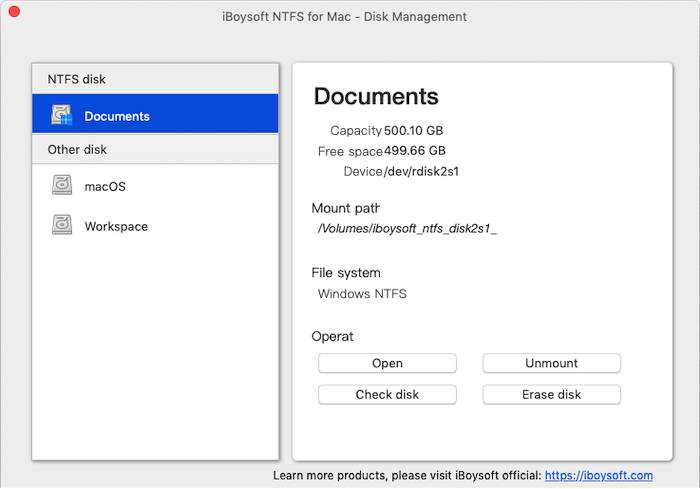
NTFS, short for New Technology File System, is a file system commonly used by Windows operating systems. It offers robust features, including improved performance, enhanced security, and support for larger file sizes. NTFS drives are widely compatible with Windows devices, making them a popular choice for data storage and sharing.
However, the compatibility between Mac and NTFS drives is not as straightforward. While Macs can read NTFS drives, writing or modifying files on these drives can be a complex process. This is where Mac's solution for copying to NTFS drives comes into play, offering a range of options to ensure smooth file transfers.
Methods for Copying to NTFS Drives from Mac
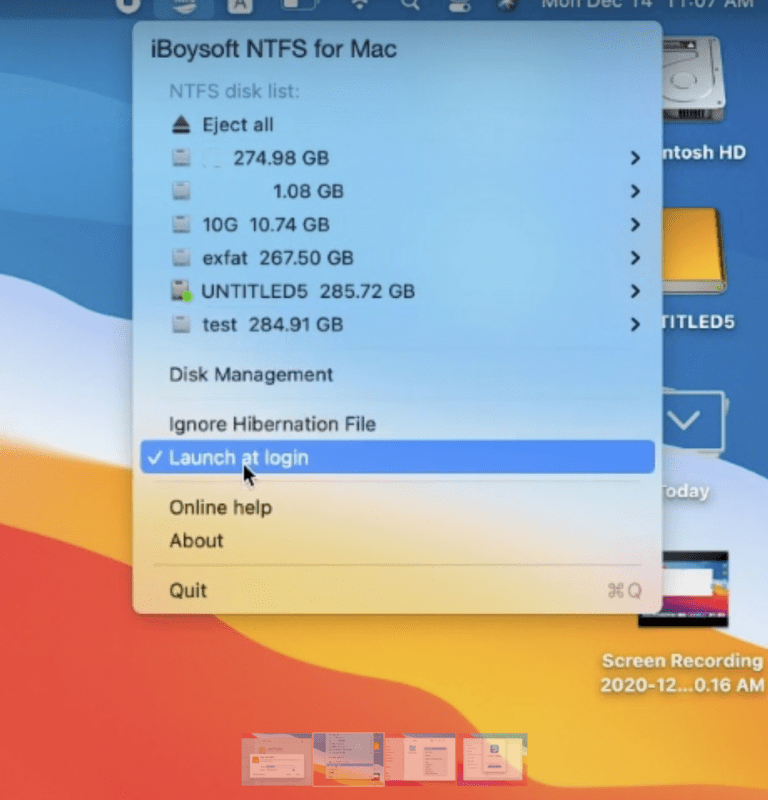
There are several approaches to copying files from a Mac to an NTFS drive, each with its own set of advantages and considerations. Here’s an in-depth look at the most common methods:
Method 1: ExFAT Format
One of the simplest and most versatile solutions is formatting the NTFS drive to use the ExFAT file system. ExFAT, or Extended File Allocation Table, is a file system designed for compatibility across different operating systems, including Windows, Mac, and Linux. Here’s how it works:
- Format the Drive: Begin by formatting the NTFS drive to ExFAT. This can be done by connecting the drive to your Mac and opening the Disk Utility. Select the drive, choose the Erase tab, and set the Format to ExFAT. Click Erase to complete the formatting process.
- Copying Files: Once the drive is formatted, you can easily copy files from your Mac to the ExFAT drive. Simply drag and drop the desired files onto the drive, and they will be transferred seamlessly.
- Advantages: ExFAT offers excellent compatibility across various platforms, making it an ideal choice for sharing files between Mac and Windows devices. It supports large file sizes and provides efficient performance.
- Considerations: While ExFAT is widely supported, it may not be the best choice for drives used exclusively with Windows devices, as certain advanced NTFS features are not available. Additionally, ExFAT does not support file permissions, which can be a concern for users who require robust security.
Method 2: NTFS Write Support
If you prefer to maintain the NTFS format on the drive, Mac provides an alternative solution by enabling NTFS write support. This allows you to write and modify files directly on the NTFS drive, ensuring compatibility with Windows systems. Here’s how to enable NTFS write support:
- Install NTFS Write Support Software: There are several third-party software options available that provide NTFS write support for Mac. One popular choice is Paragon NTFS for Mac. Download and install the software, following the provided instructions.
- Mount the NTFS Drive: Connect the NTFS drive to your Mac and wait for it to mount automatically. Once mounted, you can access the drive's contents and copy files to it.
- Writing and Modifying Files: With NTFS write support enabled, you can now copy files from your Mac to the NTFS drive and even make modifications directly on the drive. This ensures seamless compatibility with Windows systems.
- Advantages: NTFS write support maintains the original file system format, allowing for full compatibility with Windows devices. It provides access to advanced NTFS features and supports file permissions, ensuring secure data sharing.
- Considerations: NTFS write support software often comes with a cost, and some users may prefer free alternatives. Additionally, the performance of NTFS write support can vary depending on the software used and the specific Mac model.
Method 3: Using Network Sharing
Network sharing offers a convenient way to transfer files between Mac and Windows devices without the need for direct drive connections. By setting up a shared network folder, you can easily copy files from your Mac to the NTFS drive on a Windows computer, or vice versa. Here’s how to set up network sharing:
- Configure Network Settings: Ensure that both your Mac and the Windows computer are connected to the same network. Check the network settings on both devices to ensure they are in the same workgroup and have appropriate permissions.
- Share the NTFS Drive: On the Windows computer, right-click on the NTFS drive and select Properties. Navigate to the Sharing tab and enable file sharing. Set the appropriate permissions and share the drive with the desired users.
- Access the Shared Drive: On your Mac, open Finder and click on the Go menu. Select Connect to Server and enter the network address of the shared NTFS drive. You will be prompted to enter your Windows credentials. Once connected, you can copy files to the shared drive.
- Advantages: Network sharing provides a flexible and secure way to transfer files between Mac and Windows devices. It allows for easy collaboration and remote access to shared drives.
- Considerations: Network sharing requires both devices to be connected to the same network and properly configured. It may not be suitable for large-scale file transfers due to potential network limitations.
Performance and Compatibility Analysis
Each method for copying to NTFS drives from a Mac offers unique advantages and considerations. Here’s a comparative analysis to help you choose the most suitable approach:
| Method | Performance | Compatibility | Security |
|---|---|---|---|
| ExFAT Format | Excellent | High compatibility across platforms | No file permissions support |
| NTFS Write Support | Varies (depends on software and Mac model) | Full compatibility with Windows | Supports file permissions |
| Network Sharing | Dependent on network speed | Flexible collaboration between Mac and Windows | Secure with proper permissions |
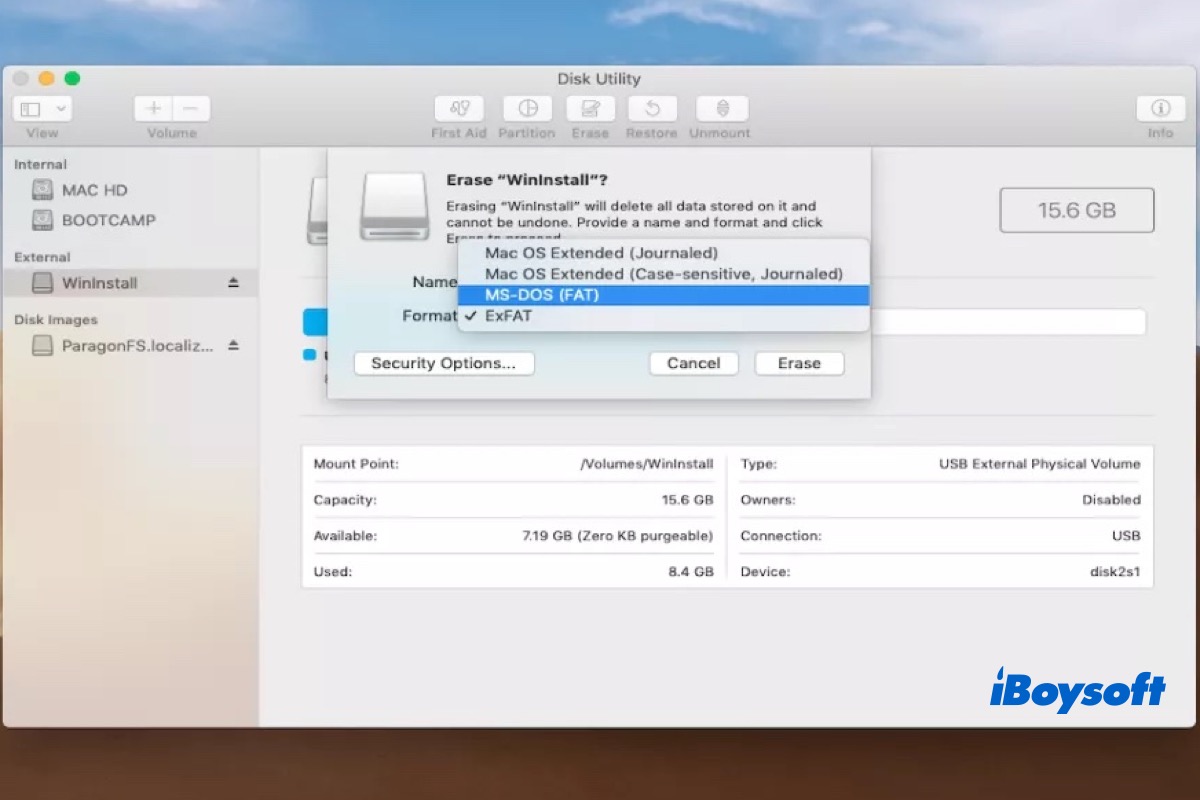
The choice of method depends on your specific needs and preferences. ExFAT offers excellent performance and compatibility, while NTFS write support provides full Windows compatibility with advanced features. Network sharing is a flexible option for remote collaboration, but it may have limitations for large file transfers.
Future Implications and Expert Insights
As technology continues to evolve, the need for seamless file sharing between different operating systems remains a priority. Mac’s solution for copying to NTFS drives showcases the importance of compatibility and interoperability. Here are some future implications and expert insights to consider:
- Advanced File Systems: The development of new file systems, such as APFS (Apple File System) for Mac and ReFS (Resilient File System) for Windows, may offer improved compatibility and performance. These file systems aim to provide efficient data management and enhanced security features.
- Cloud Storage Integration: With the increasing popularity of cloud storage services, integrating NTFS drives with cloud platforms could offer a seamless and secure solution for file sharing. This would allow for remote access and collaboration, further simplifying data management.
- Cross-Platform Tools: The rise of cross-platform tools and software, such as virtual machines and containerization technologies, can provide an alternative approach to file sharing. These tools enable users to run Windows applications on Mac, eliminating the need for direct NTFS drive compatibility.
- Industry Standards: As file systems evolve, industry standards and guidelines may play a crucial role in ensuring interoperability. Standardization efforts could facilitate smoother file transfers and improve compatibility between different operating systems.
Conclusion
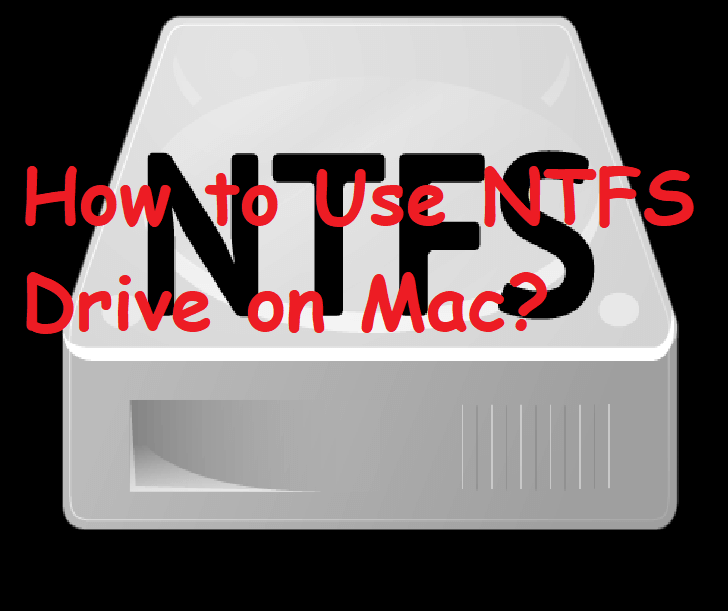
Coping with NTFS drives from a Mac involves a range of methods, each offering unique advantages and considerations. Whether you choose to format the drive to ExFAT, enable NTFS write support, or utilize network sharing, the goal remains the same: seamless file sharing between Mac and Windows devices. By understanding the intricacies of these methods and their future implications, users can make informed decisions to optimize their data management and collaboration.
FAQ
Can I format an NTFS drive to ExFAT on a Mac without losing data?
+Yes, you can format an NTFS drive to ExFAT on a Mac without losing data. Before formatting, ensure that you have backed up any important files. Once backed up, connect the NTFS drive to your Mac, open Disk Utility, select the drive, and choose the Erase tab. Set the Format to ExFAT and click Erase. Your drive will be formatted without data loss.
Are there any free alternatives to paid NTFS write support software for Mac?
+Yes, there are free alternatives available. One popular option is Tuxera NTFS for Mac, which offers NTFS write support. However, it’s important to note that free alternatives may have limitations and may not provide the same level of performance and features as paid software.
Can I use an NTFS drive with both Mac and Windows devices without formatting it?
+Yes, you can use an NTFS drive with both Mac and Windows devices without formatting it. By enabling NTFS write support on your Mac, you can directly copy and modify files on the NTFS drive. This ensures compatibility with Windows systems while maintaining the original file system format.
